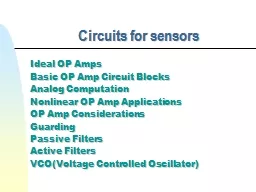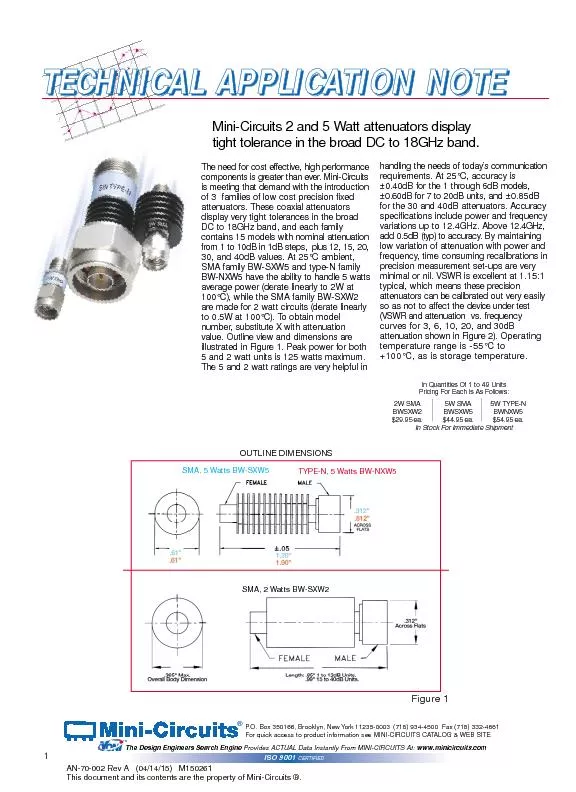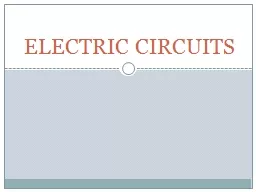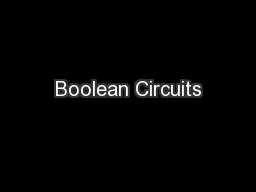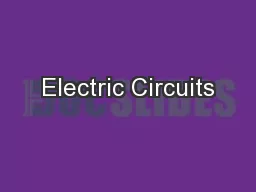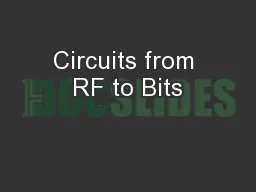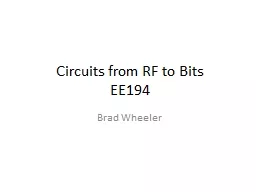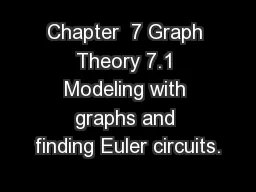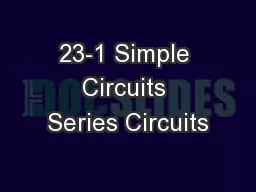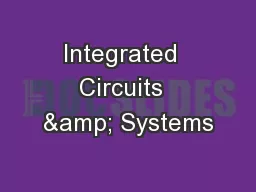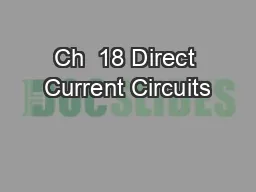PPT-Circuits for sensors
Author : sherrill-nordquist | Published Date : 2015-10-17
Ideal OP Amps Basic OP Amp Circuit Blocks Analog Computation Nonlinear OP Amp Applications OP Amp Considerations Guarding Passive Filters Active Filters VCOVoltage
Presentation Embed Code
Download Presentation
Download Presentation The PPT/PDF document "Circuits for sensors" is the property of its rightful owner. Permission is granted to download and print the materials on this website for personal, non-commercial use only, and to display it on your personal computer provided you do not modify the materials and that you retain all copyright notices contained in the materials. By downloading content from our website, you accept the terms of this agreement.
Circuits for sensors: Transcript
Download Rules Of Document
"Circuits for sensors"The content belongs to its owner. You may download and print it for personal use, without modification, and keep all copyright notices. By downloading, you agree to these terms.
Related Documents

